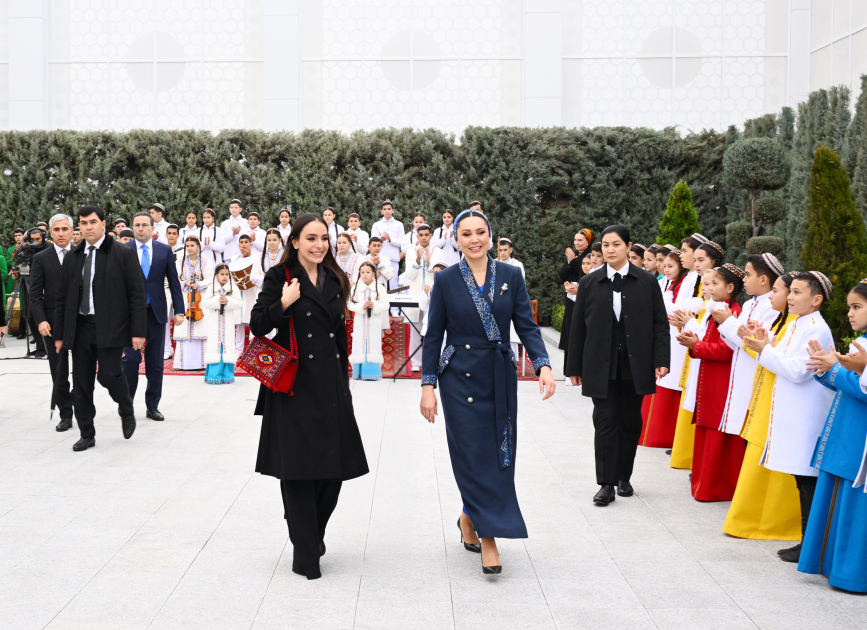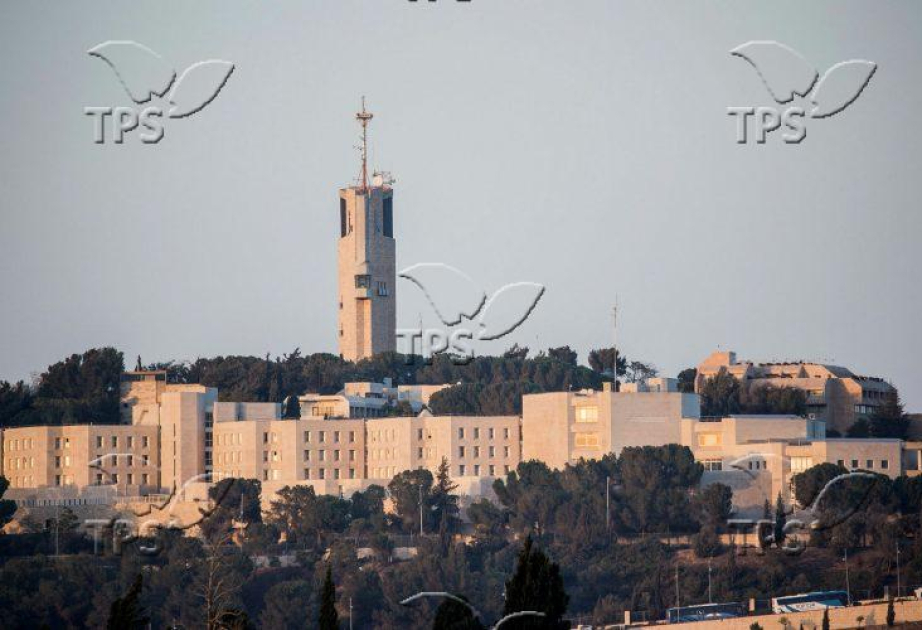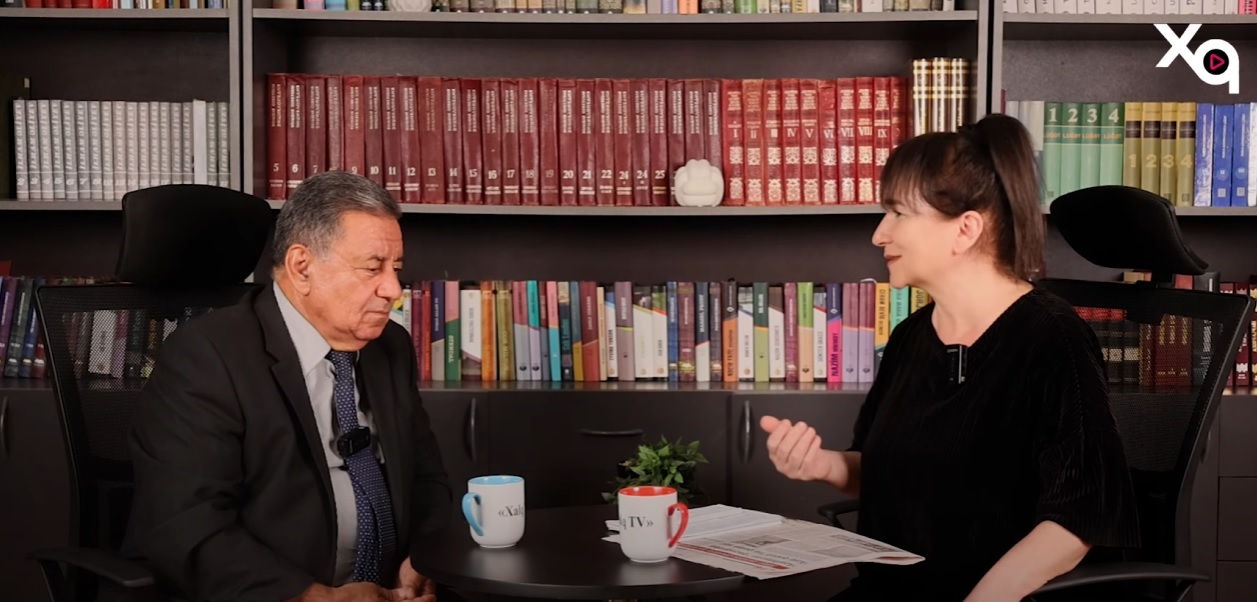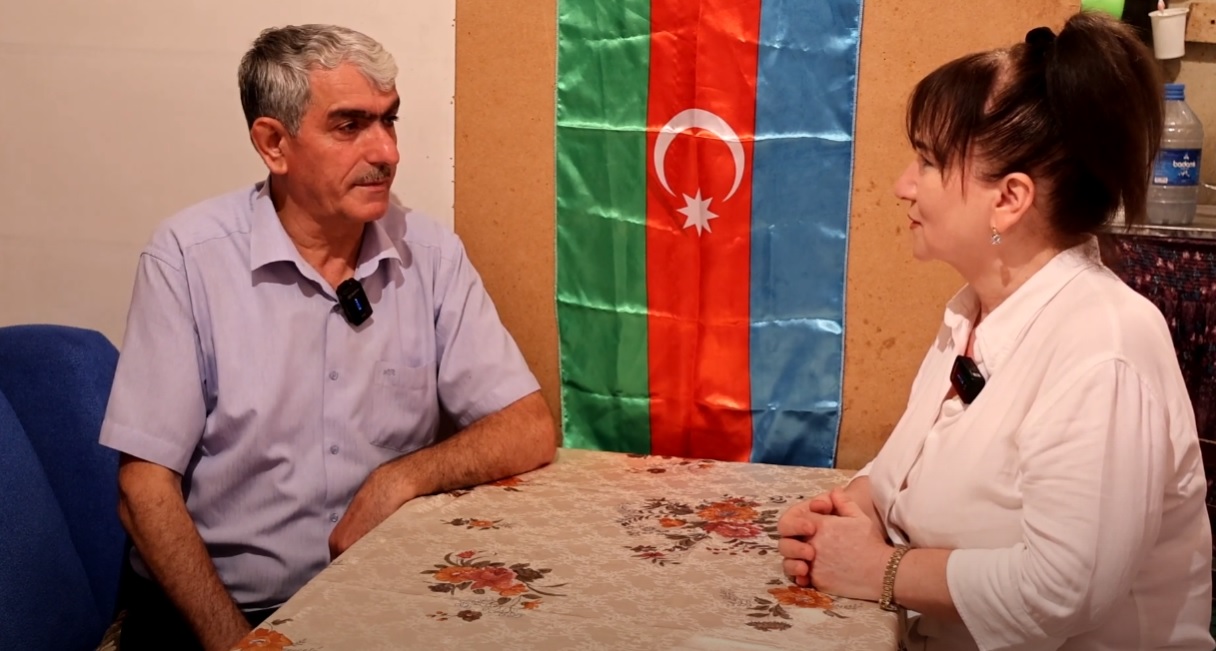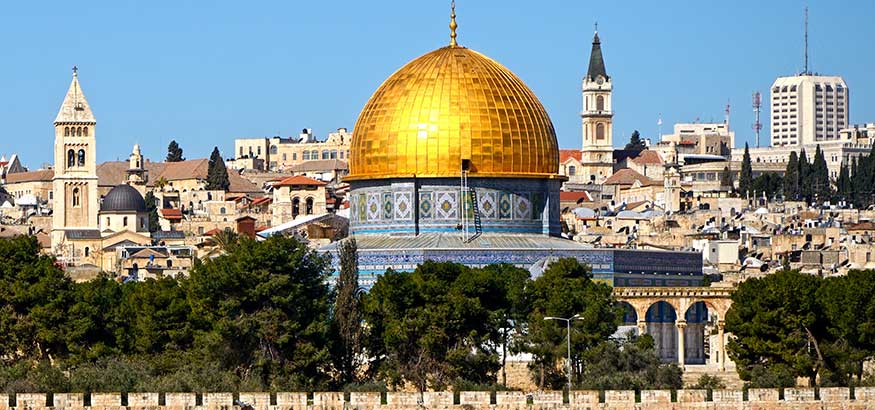ByJERUSALEM POST STAFF
Archaeologists unearthed a 105-meter southern wall with a side entrance, an internal 75-meter zigzag barrier and eleven towers, revealing sophisticated ancient Egyptian border defenses.On Saturday the Egyptian Ministry of Tourism and Antiquities announced the discovery of a New Kingdom military fortress at Tell al-Kharouba in North Sinai near the Mediterranean coast. Covering roughly 8,000 square meters, the site lay along the Horus Military Road and was one of the largest fortifications identified on Egypt’s eastern frontier, the ministry said, according to Sky News Arabia.
Excavators uncovered a 105-meter southern wall measuring 2.5 meters in width and containing a secondary entrance. Eleven towers were documented, including the north-western tower and sections of the northern and western curtain walls, Daily News Egypt reported. In the western sector a 75-meter zigzag wall divided the enclosure from north to south and bordered a residential zone for soldiers, a layout known in the New Kingdom for adapting to desert terrain, field directors said.
Foundation deposits beneath one tower dated to the first half of the Eighteenth Dynasty. Pottery fragments, complete vessels, and a jar handle bearing the cartouche of Pharaoh Thutmose I accompanied the finds. A large bread oven with remnants of petrified dough pointed to daily military life inside the stronghold. The team also retrieved volcanic stones thought to have been shipped from Greek islands and planned to search the nearby coast for the port that supplied the garrison.
“Preliminary studies show the fortress went through several phases of restoration and its southern entrance was redesigned more than once,” said Hisham Hussein, head of the Central Administration of Lower Egypt Antiquities.
“Every fortress being discovered adds a new brick to understanding the military and defensive organization of Pharaonic Egypt, and confirms that Egyptian civilization was not limited to temples and tombs only, but was a strong institutional state capable of protecting its land and borders,” said Mohamed Ismail Khaled, quoted by Sky News Arabia.
“This road was built by the warrior kings of Egypt to secure the movement of armies toward the conquests they achieved to expand the Egyptian empire,” said archaeologist Mohammad Shaaban, who predicted that more fortresses would emerge along the route.
“The Tell al-Kharouba find is a tangible testament to the genius of the ancient Egyptians in constructing an integrated defensive system to protect their land,” said Sherif Fathy, emphasizing Sinai’s wealth of archaeological evidence.
Despite shifting sand dunes, the Egyptian mission intended to expose the remaining walls and ancillary buildings to reconstruct the eastern defensive network.
The preparation of this article relied on a news-analysis system.


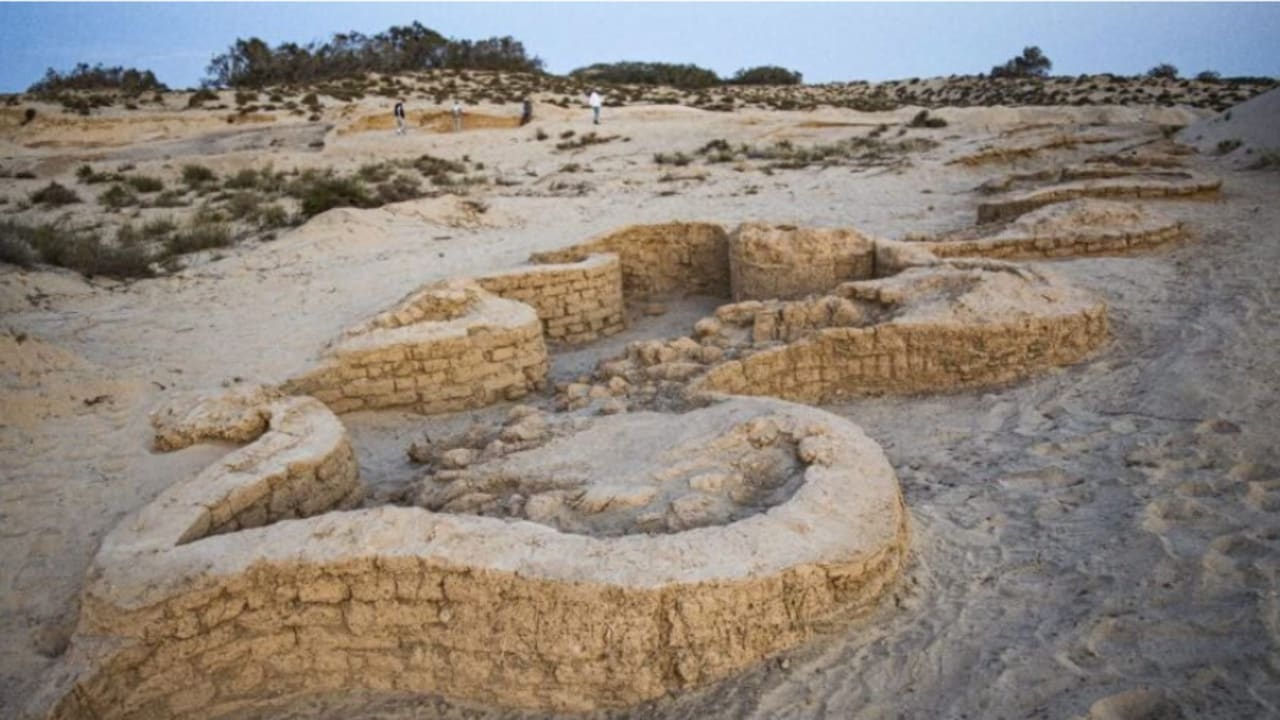
.png)



